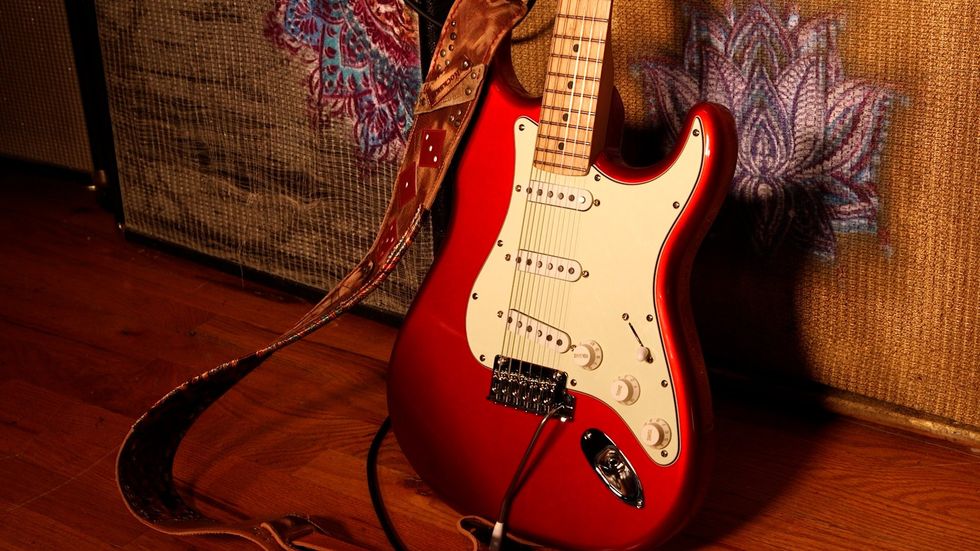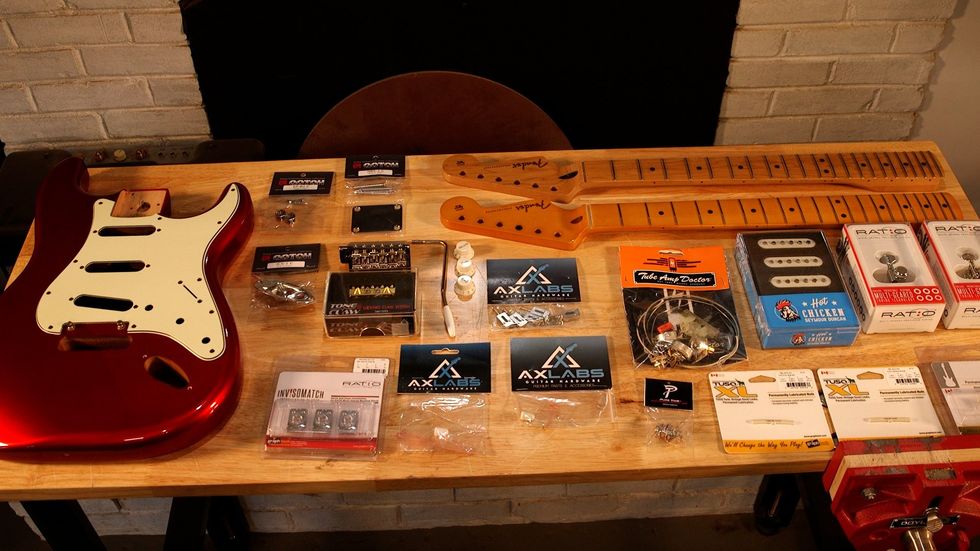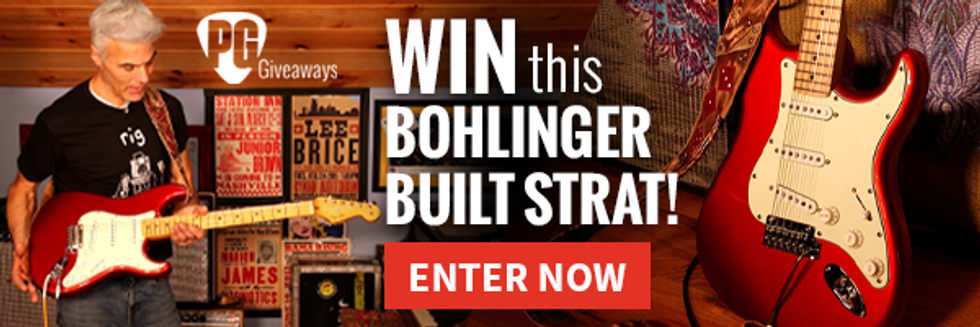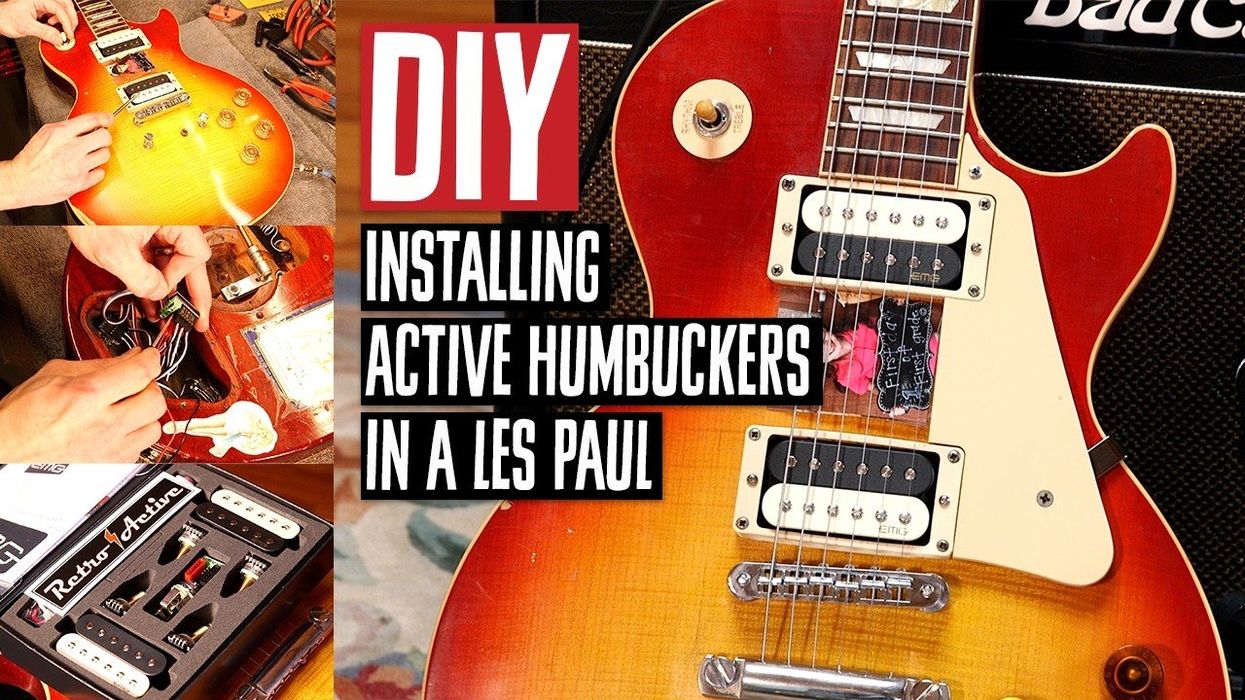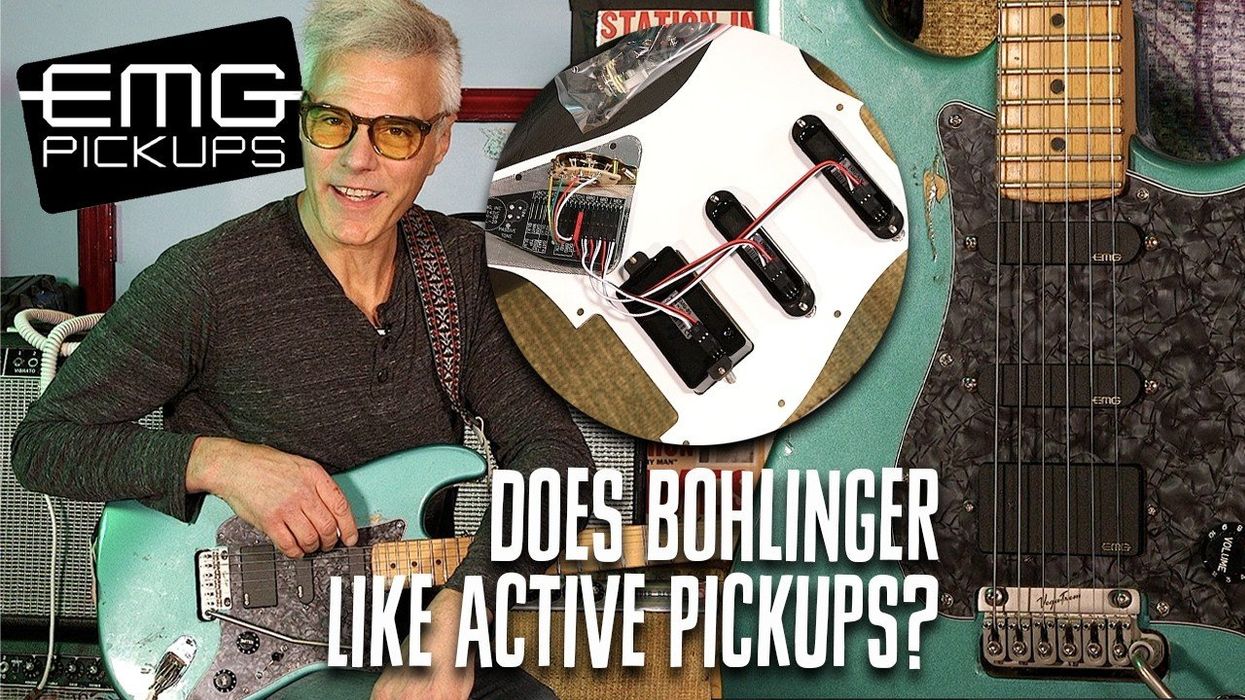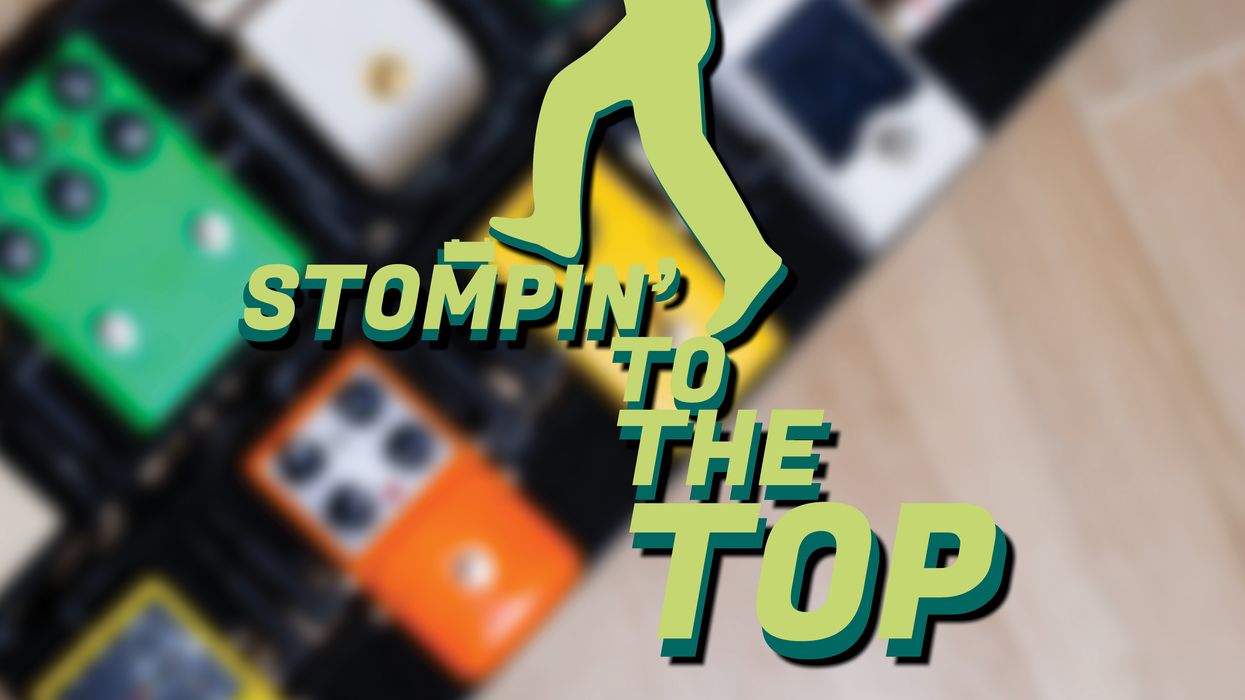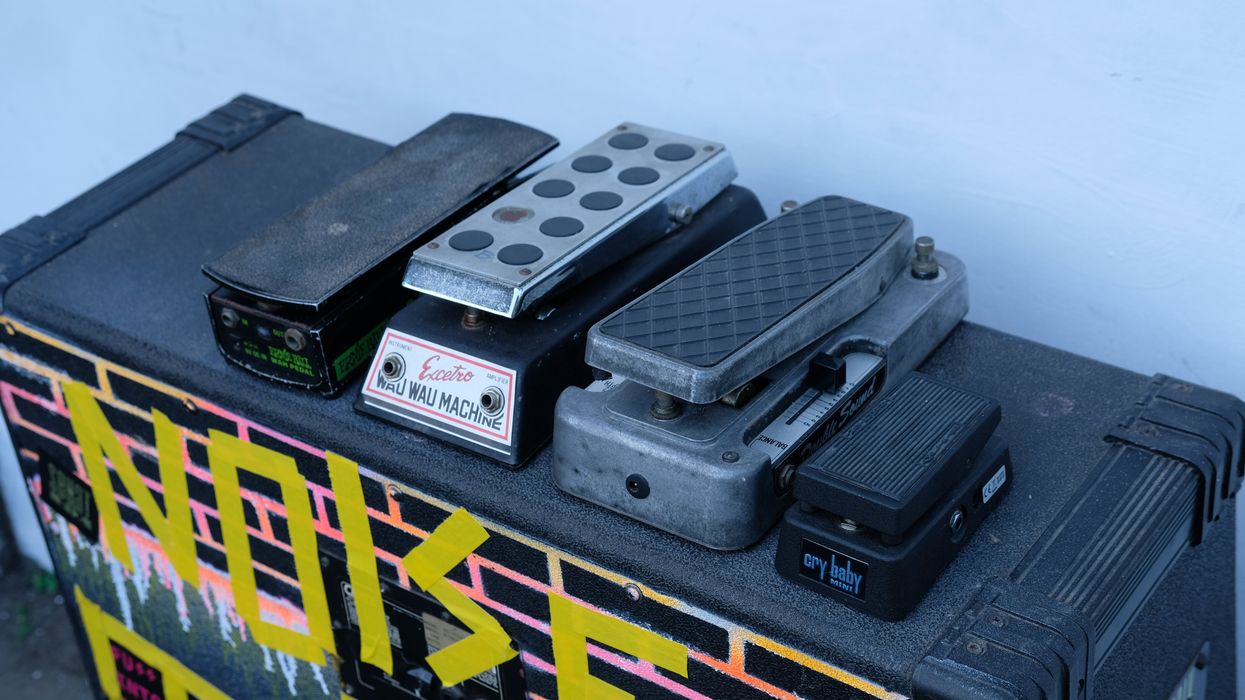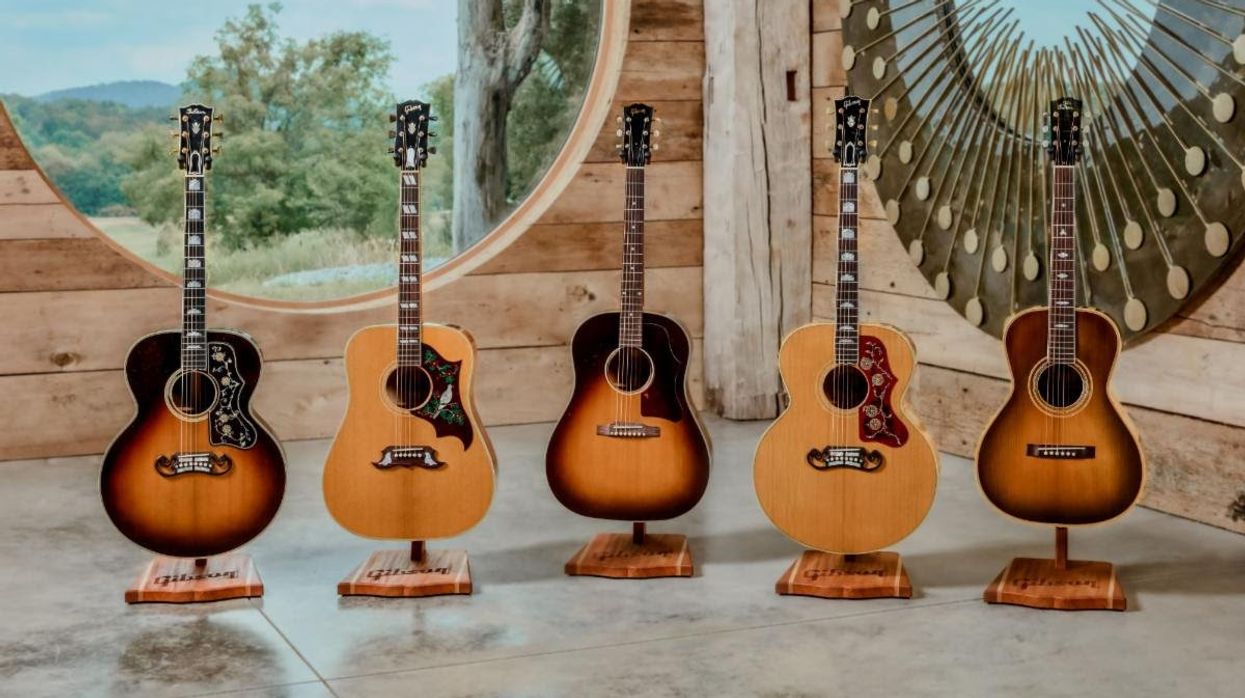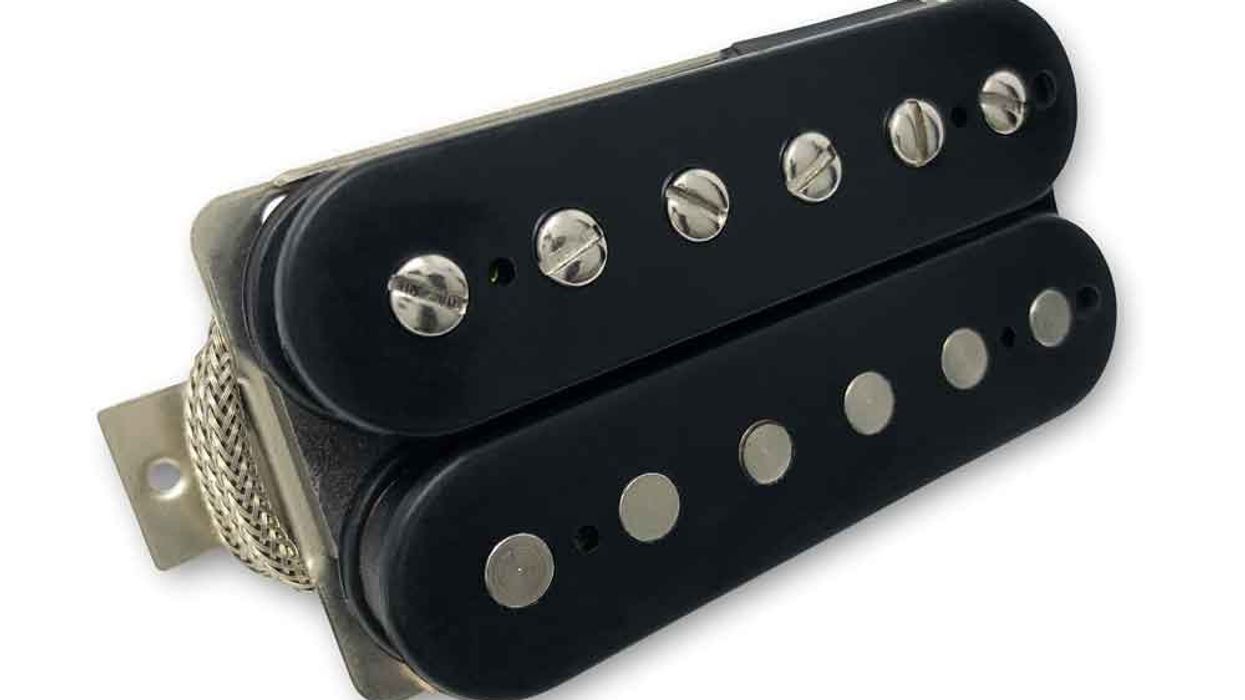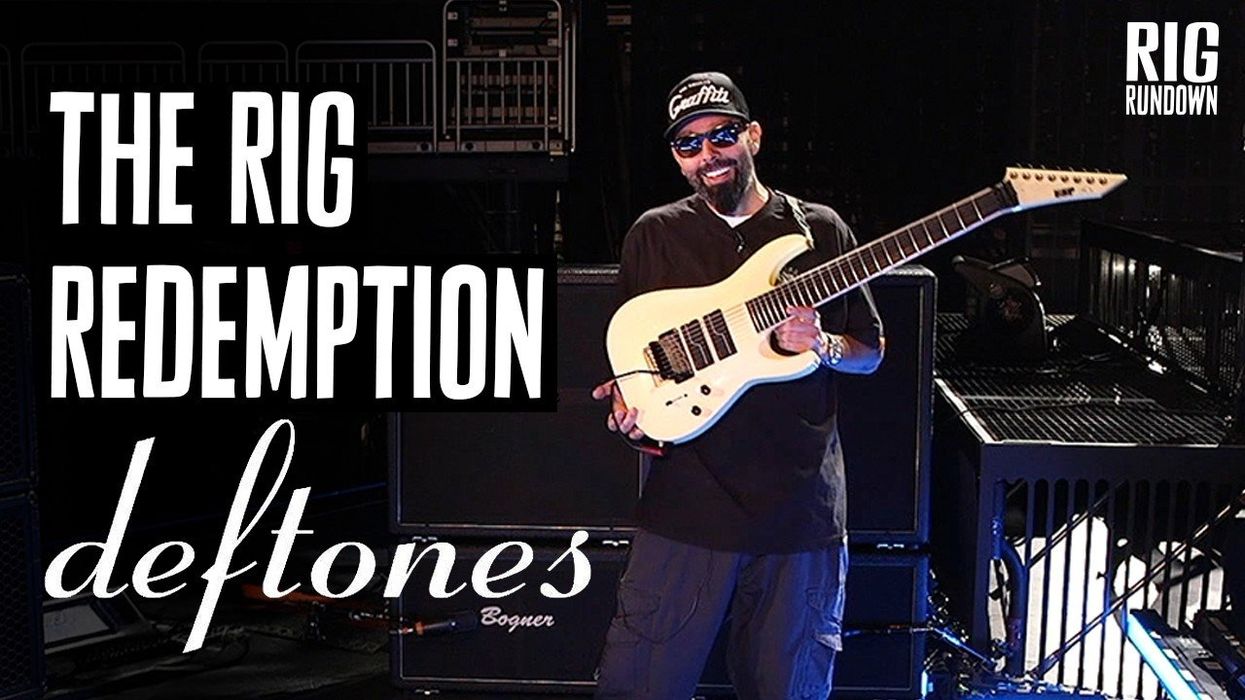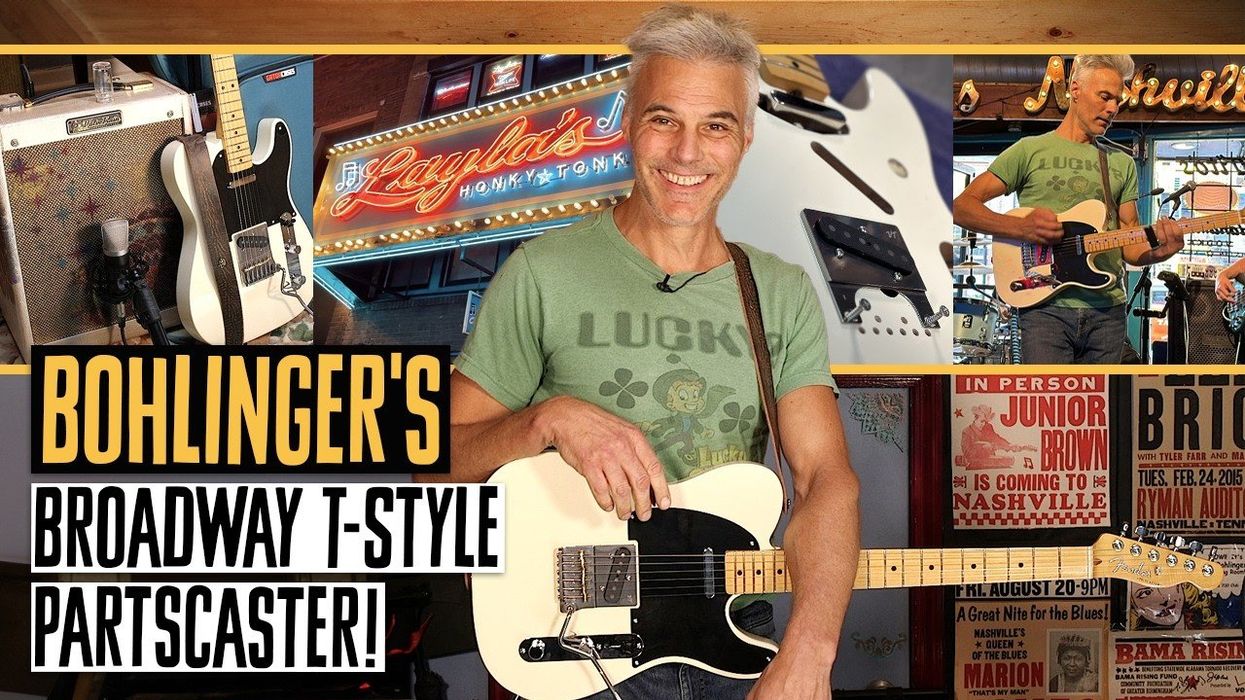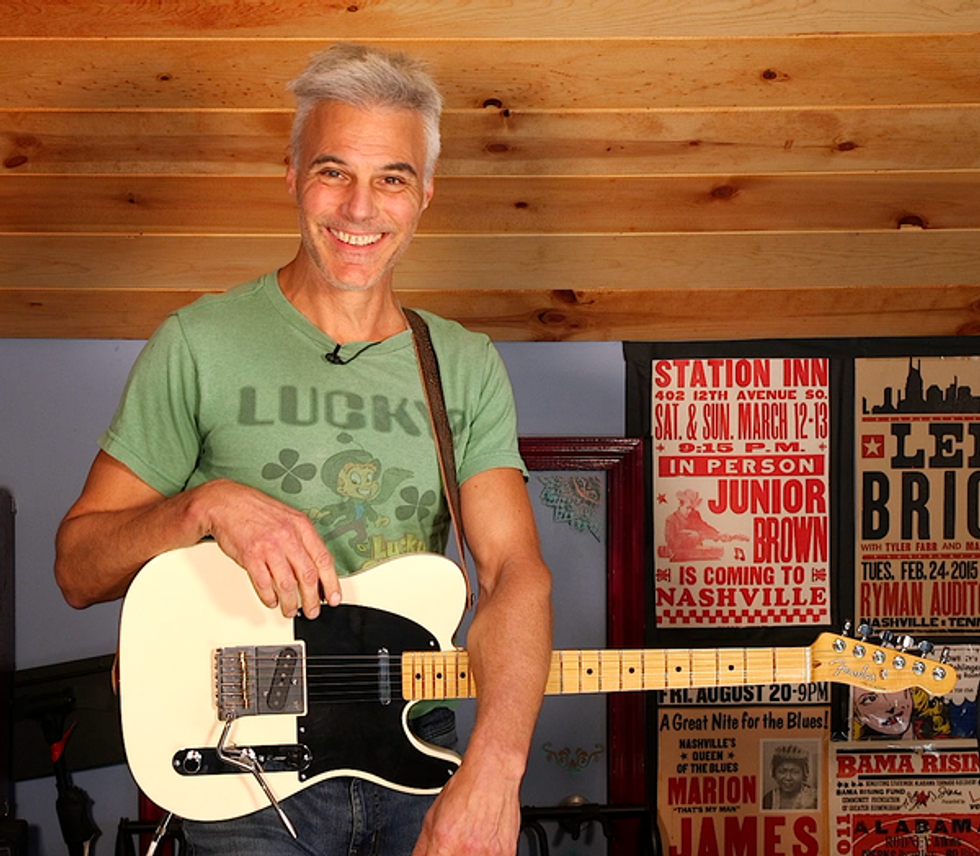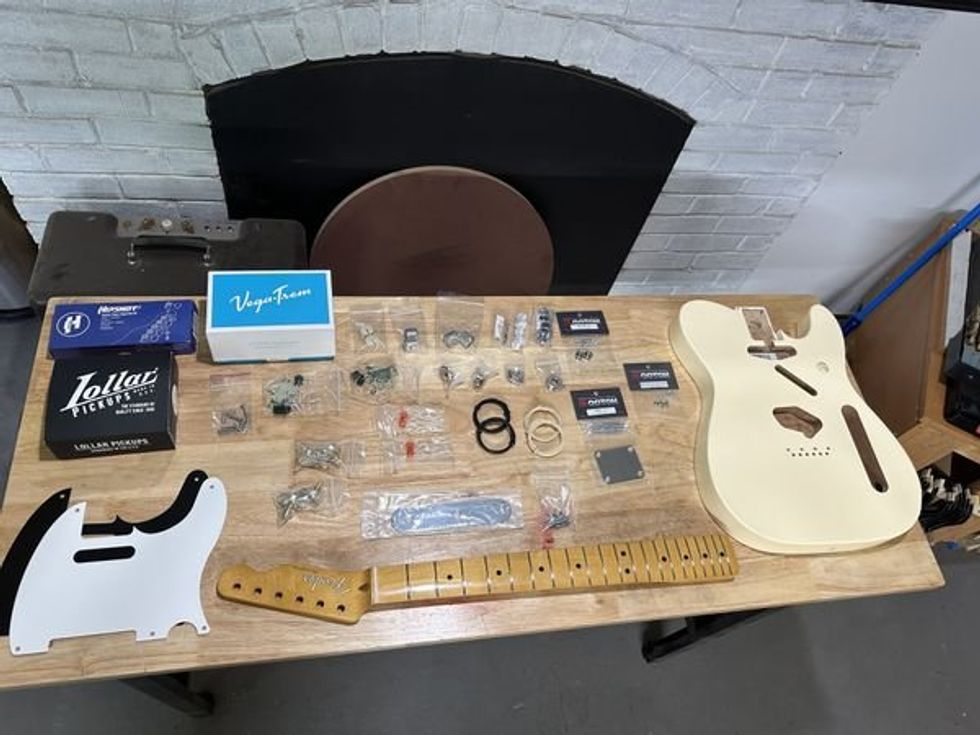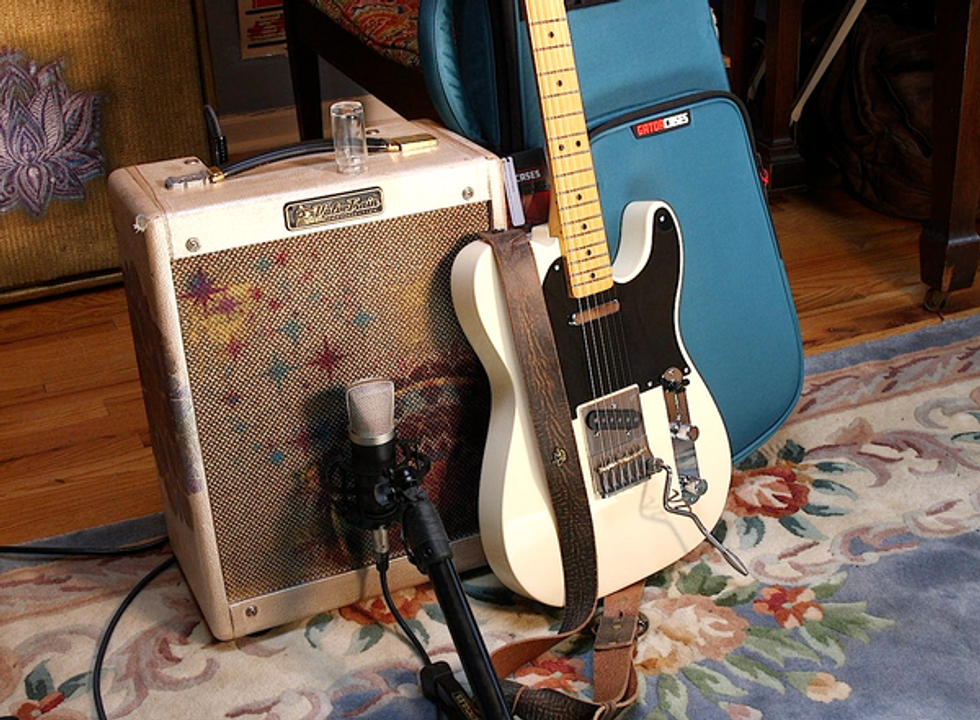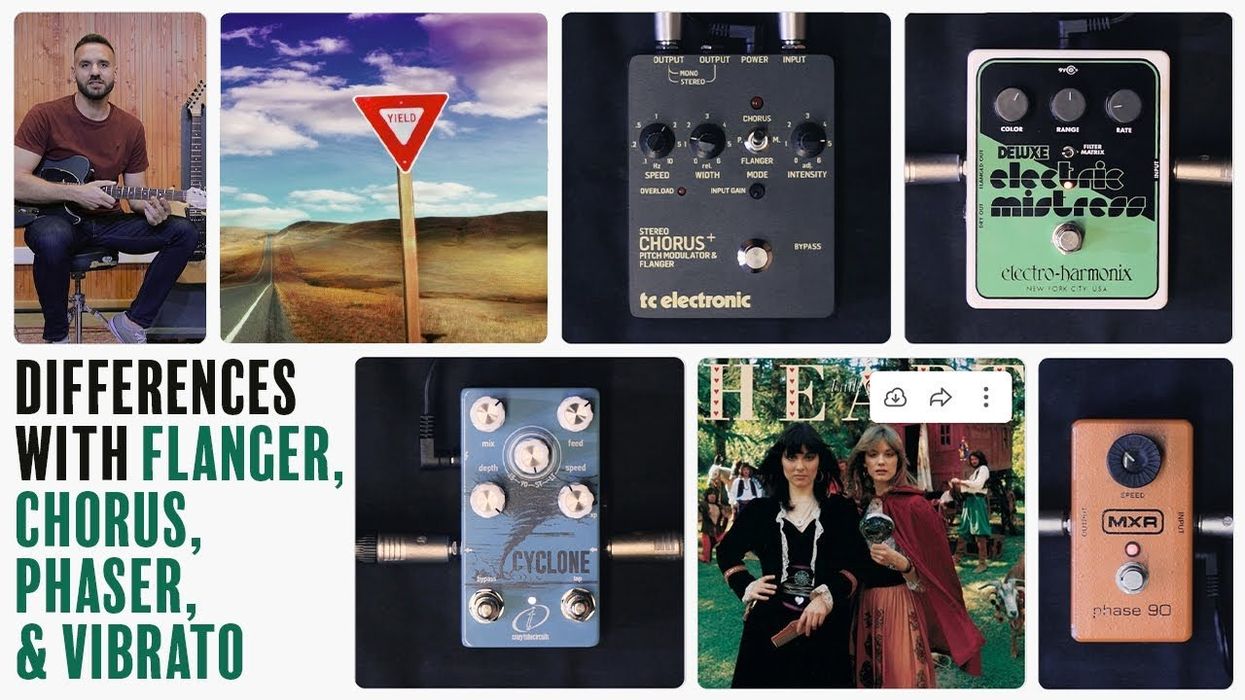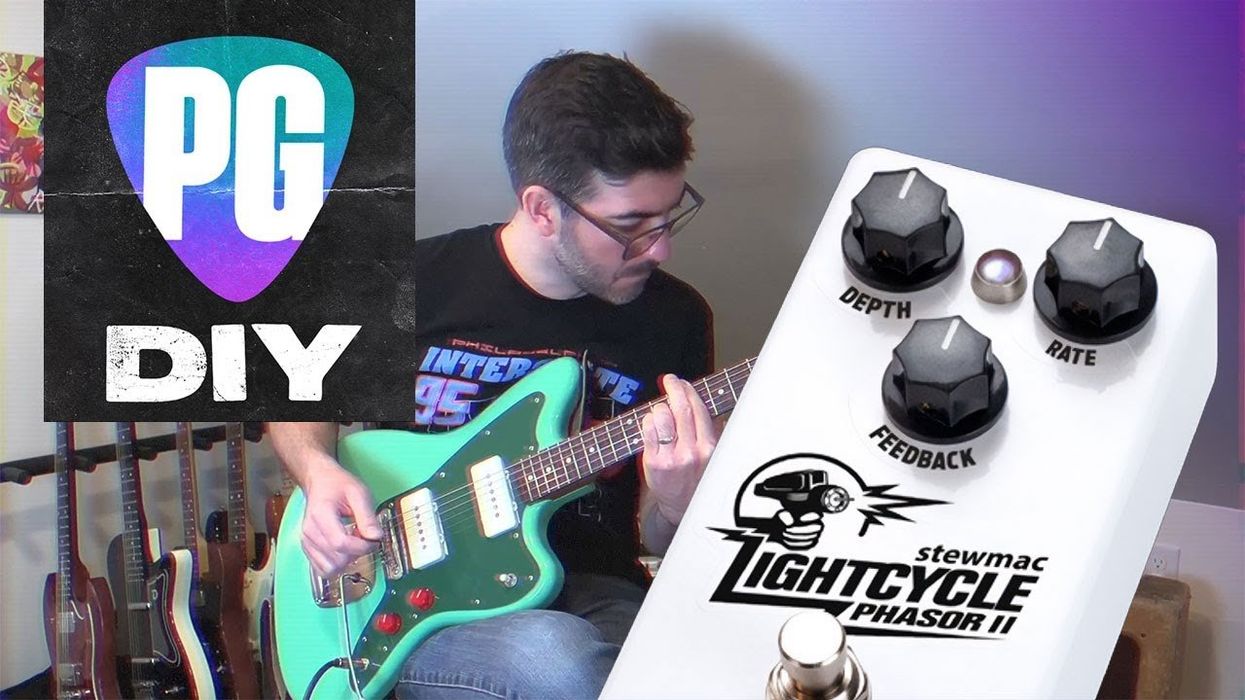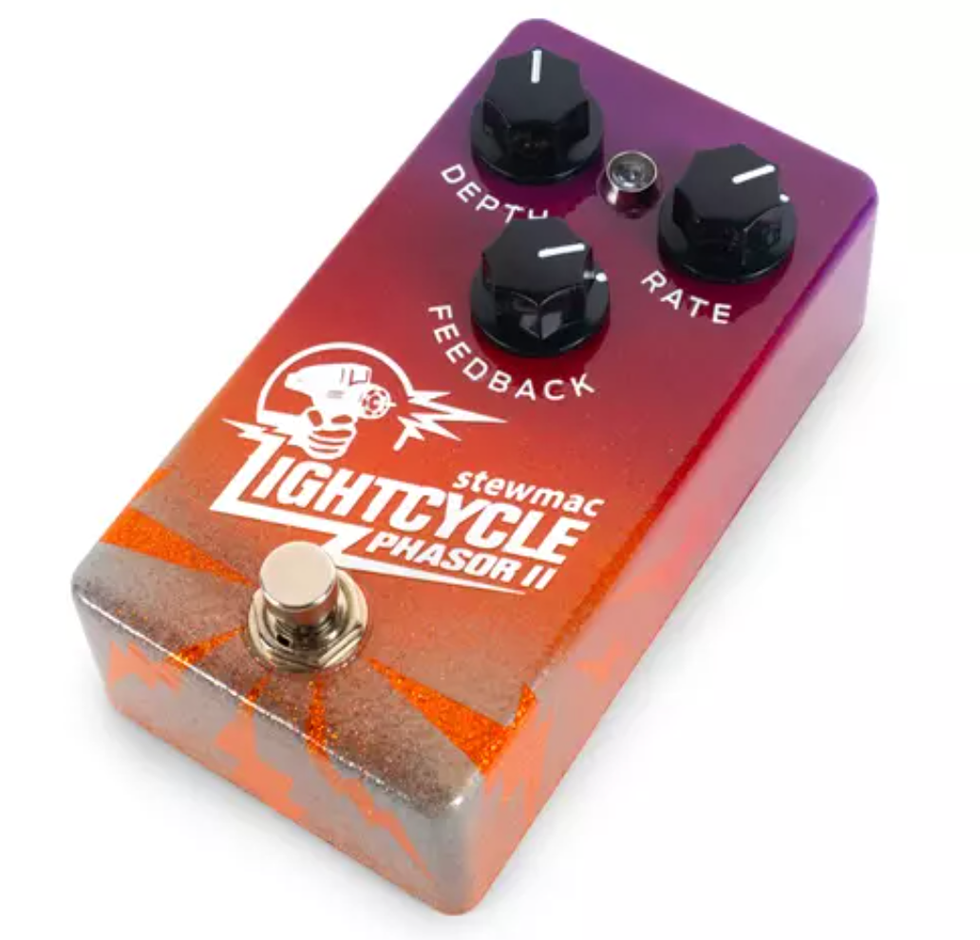Follow along as we build a one-of-a-kind Strat featuring top-notch components, modern upgrades, and classic vibes. Plus, see how a vintage neck stacks up against a modern one in our tone test. Watch the demo and enter for your chance to win this custom guitar!
Want to build your own? Use these parts:
Licensed Fender Necks and Bodies from StewMac: https://stewmac.sjv.io/POKaaY
Seymour Duncan Hot Chicken Pickups: https://seymour-duncan.sjv.io/APmKK1
Tube Amp Doctor Wiring Kits: https://www.tubeampdoctor.com/en/parts-for-guitars...
AxLabs Tone Claw: https://axlabshardware.com/products/axlabs-tone-cl...
AxLabs String Surfer Saddle: https://axlabshardware.com/products/string-surfer-...
Ax Labs Strat-Style Switch Tip: https://axlabshardware.com/collections/switch-tips...
PureTone Output Jack: https://puretonetechnologies.com/
GraphTech Ratio Tuners: https://graphtech.com/pages/ratio-machine-heads
LeRockskin Selvaggia Strap: https://www.lerockskin.com/shop/selvaggia/
Reunion Blues Expedition Series Gig Bag: https://reunionblues.com/collections/expedition-se...
